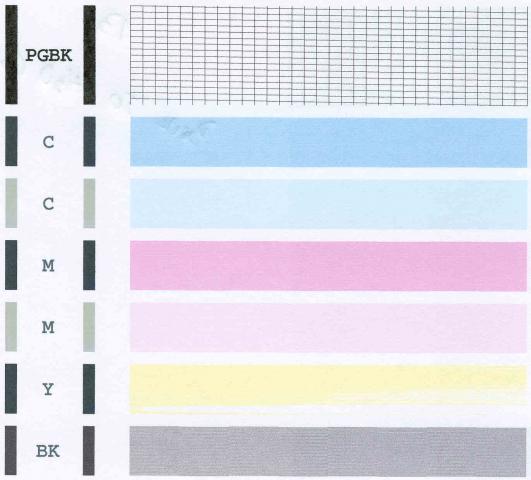stratman,
Your dye yellow may be similar to my MP830 dye black problem. The nozzle check shows similar cone-shaped pattern. Is this a coincident or is this a problem with the MP830 printhead?
Is your yellow ink level go down after a few cleaning cycles?
http://www.nifty-stuff.com/forum/viewtopic.php?id=4428
Your dye yellow may be similar to my MP830 dye black problem. The nozzle check shows similar cone-shaped pattern. Is this a coincident or is this a problem with the MP830 printhead?
Is your yellow ink level go down after a few cleaning cycles?
http://www.nifty-stuff.com/forum/viewtopic.php?id=4428

